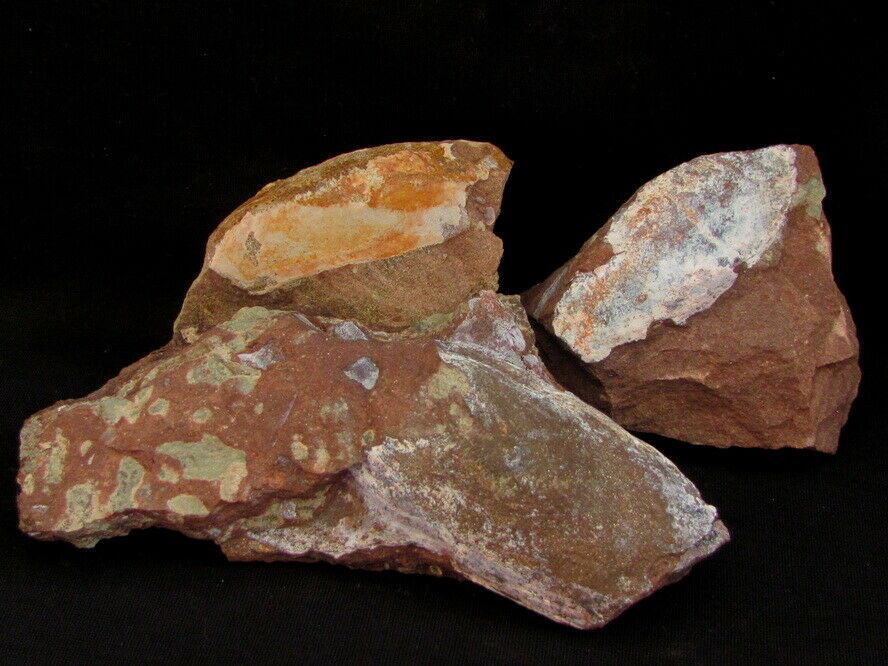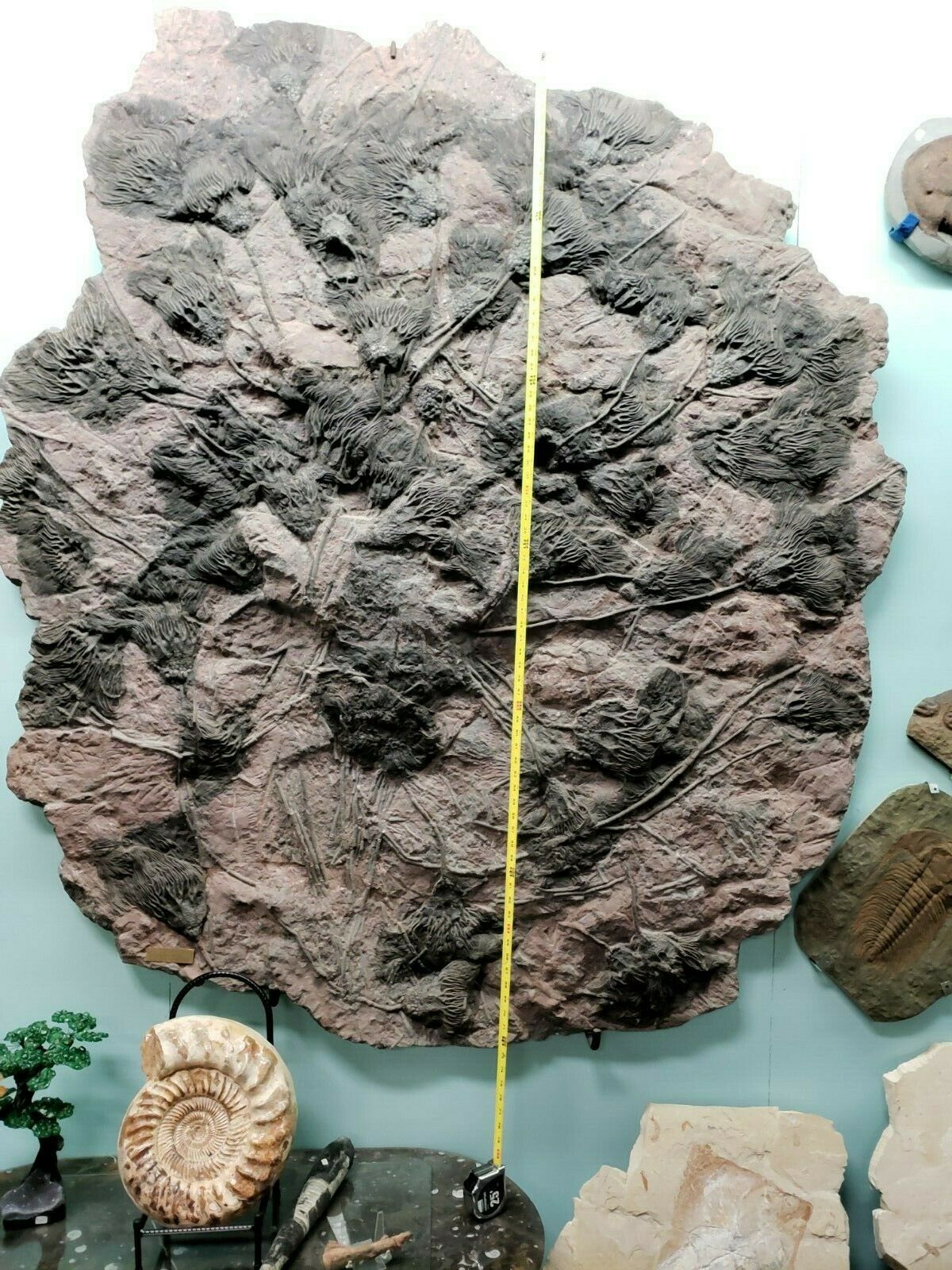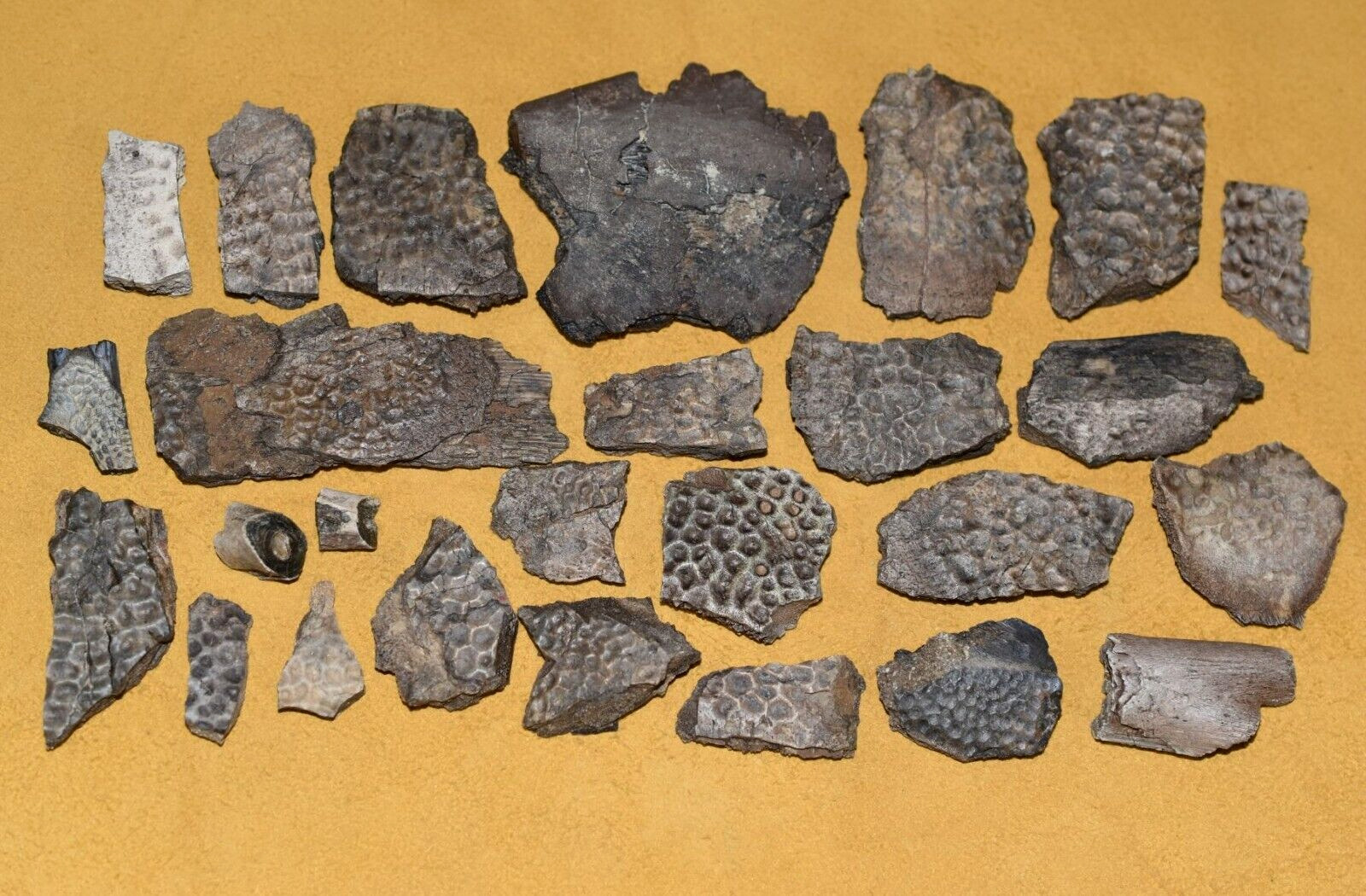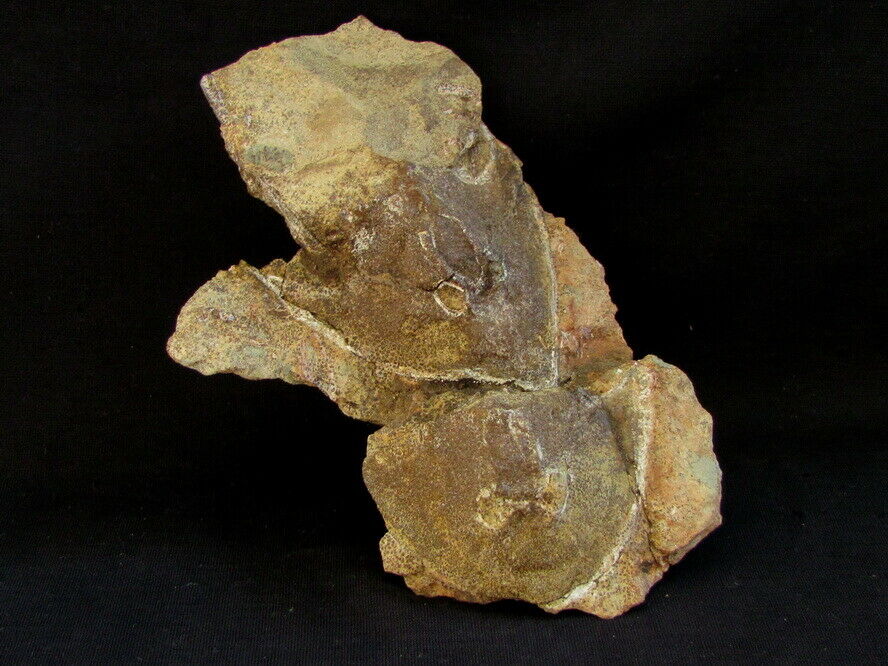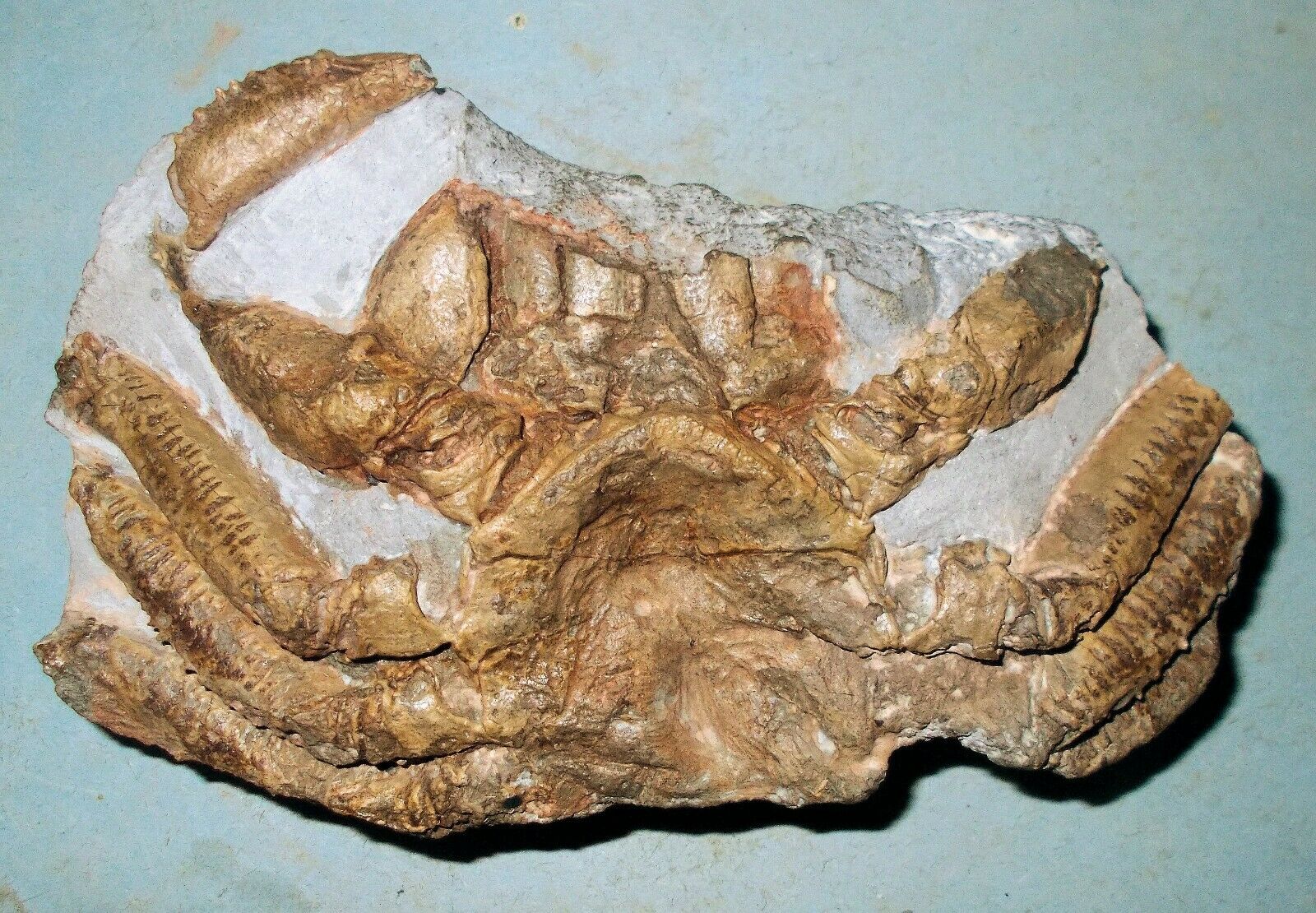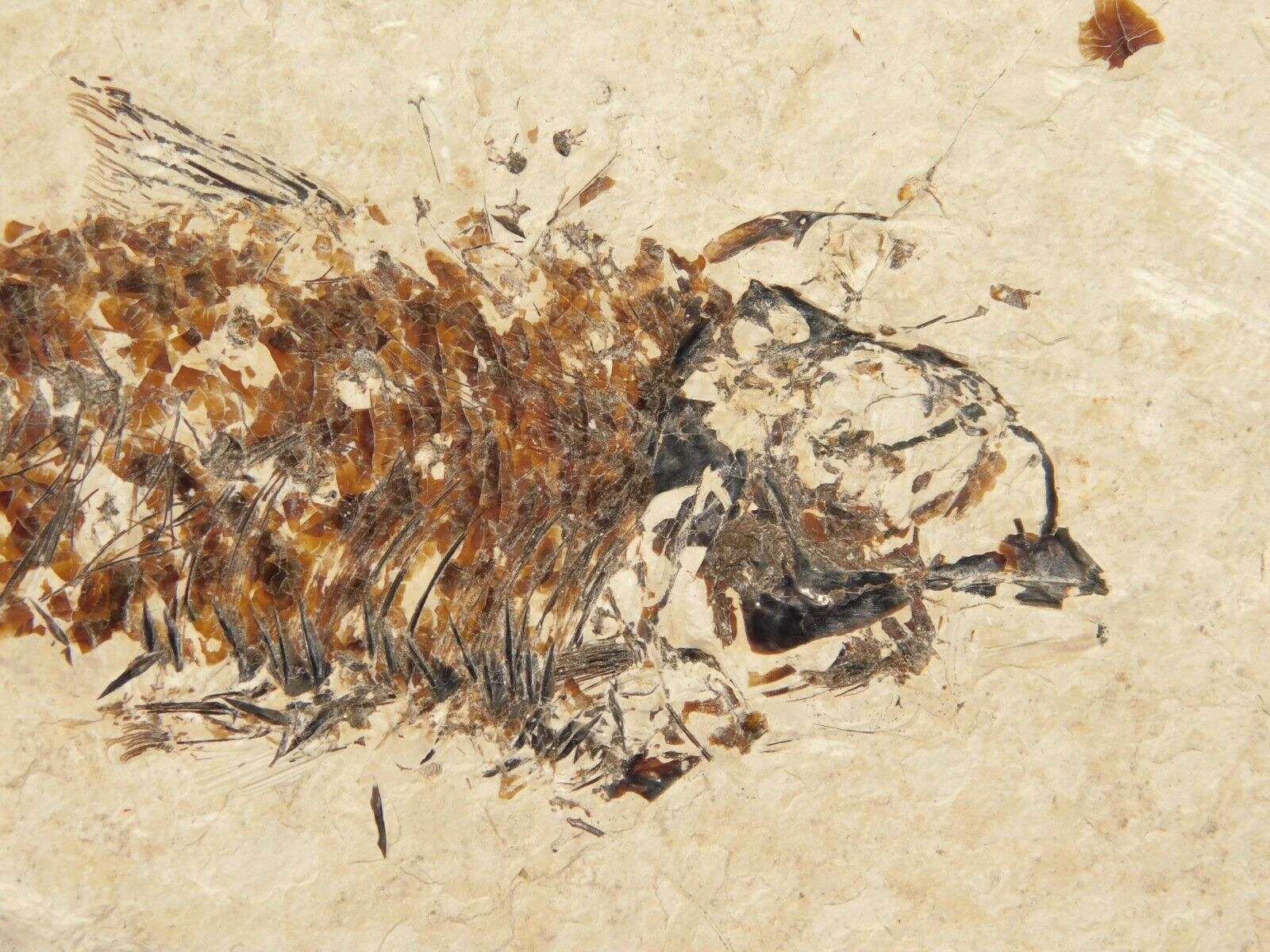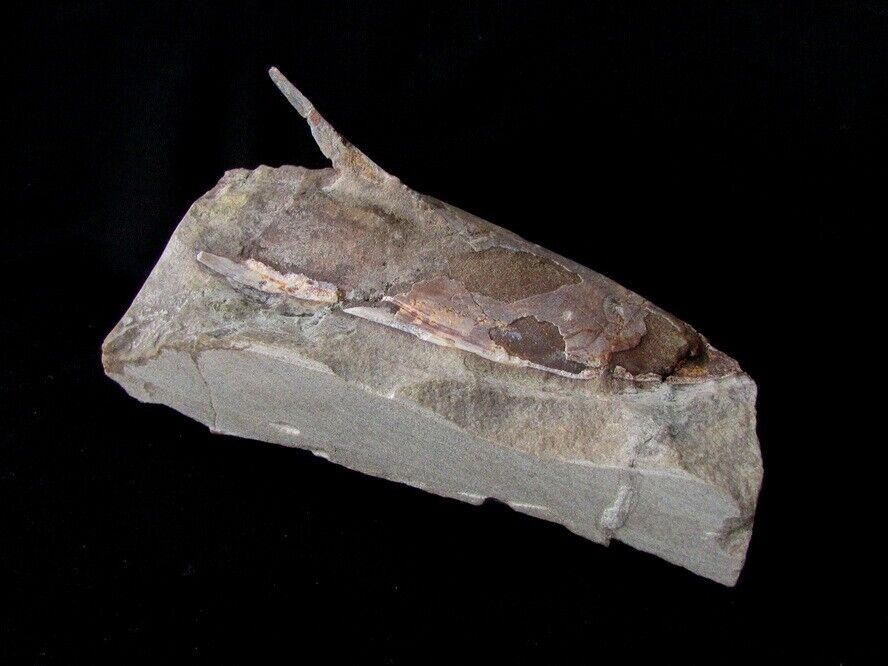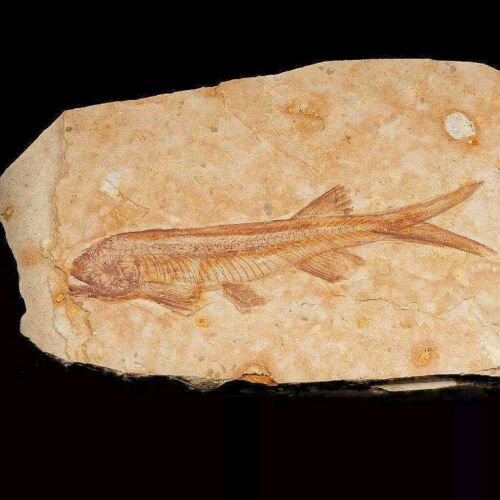-40%
Diplomystus Fossil Fish from the Eocene Green River Formation of Wyoming 4” Nice
$ 211.2
- Description
- Size Guide
Description
Diplomystus Fossil Fish from the Eocene Green River Formation of Wyoming 4” Nice. Condition is "New". Fossil measures 5 inches long x 3 inches high x 1/2 inch thick.Green River Fossil Fish Facts
The Green River Formation records the sedimentation of a group of intermountain lakes in what is now present-day Wyoming, Colorado and Utah. The largest of these lakes was known as Fossil Lake.
There are several commercial quarries operating in the Green River Formation. Many of them offer fee-dig opportunities to tourists and fossil enthusiasts.
The fossil fish are preserved in very fine sediments that were deposited continuously for 6 million years. Each year two distinct layers were deposited, one during the growing season and the other during the dry season. The average thickness of these fine layers is about .2mm
The fossil record indicates that this represented a sub-tropical to temporate region during the Eocene.
There are about 25 known species of fish from the Green River Formation but many are extremely rare. Knightia, Diplomystus and Priscacara are the most common species. Phareodus and Mioplosus are uncommon and after that everything gets pretty rare.
Besides fossil fish the Green River Formation also preserves exceptional plant material, insects and very rarely birds, mammals and crocodilians.
Most fossil fish quarries are from two layers. The split fish layer where the fish typically split out on the surface of the bedding plane and the 18-inch layer where they typically are buried under the surface of the rock. The 18-inch layer produces better preservation but requires much more time and skill to collect and prepare.
Shipped with USPS First Class.





